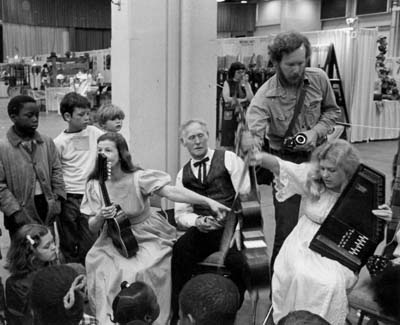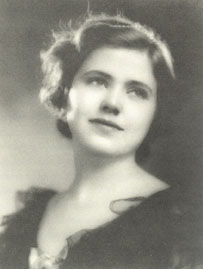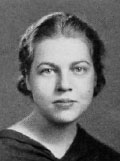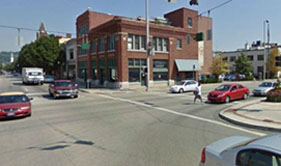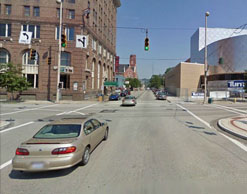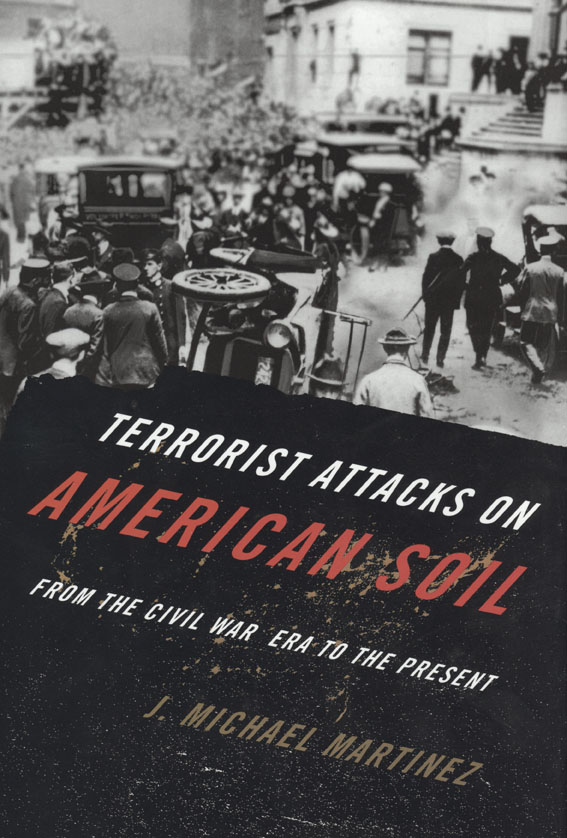By: Molly Gullet
Work on The South West Ohio Folklore Collection has been underway for a little over two months now, and the organization of the collection is developing well. 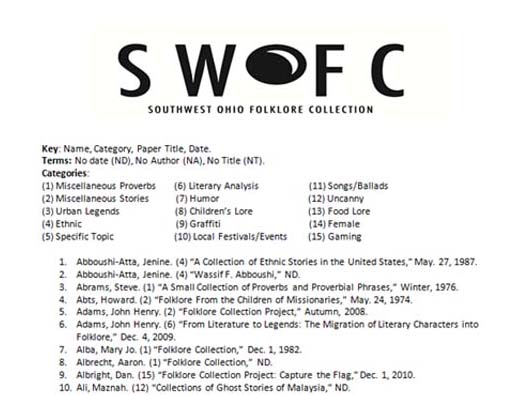 What began as five somewhat disheveled boxes filled with folkloric writings, pictures, cartoons and cassette tapes has finally been organized by genre.
What began as five somewhat disheveled boxes filled with folkloric writings, pictures, cartoons and cassette tapes has finally been organized by genre.
The first step in the process of organizing the collection was sifting through what we now know to be over six hundred folklore papers and almost ninety audio materials. The papers were sorted according to the following 15 categories: Miscellaneous Proverbs, Miscellaneous Stories, Urban Legends, Ethnic, Specific Topic, Literary Analysis, Humor, Children’s Lore, Graffiti, Local Festivals and Events, Songs and Ballads, Uncanny, Food Lore and Remedies, Female and Gaming lore. The collected pieces were written as assignments given by professor emeritus Edgar Slotkin who is also the donor of the collection and because of this, common themes are found throughout. Continue reading



